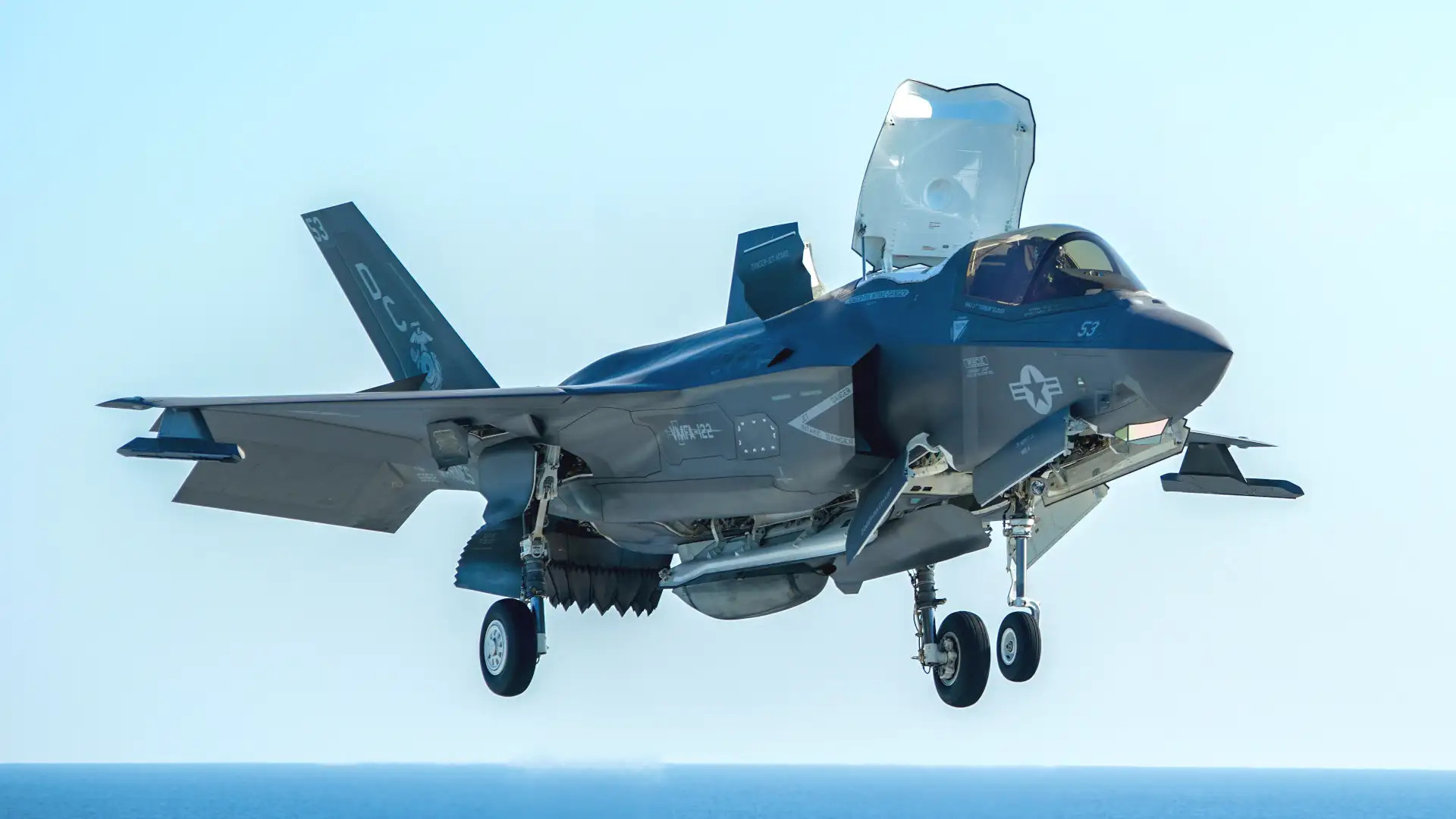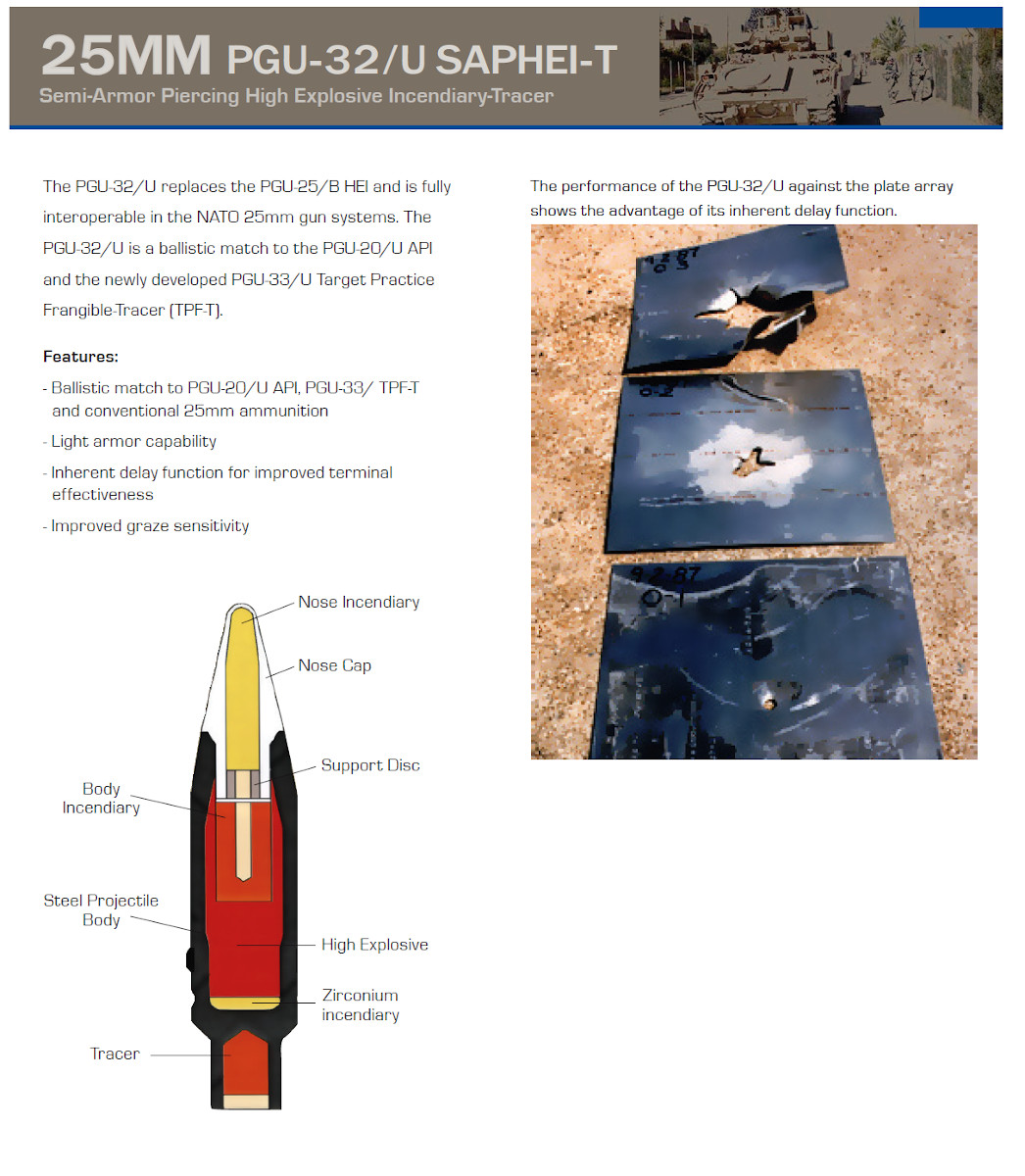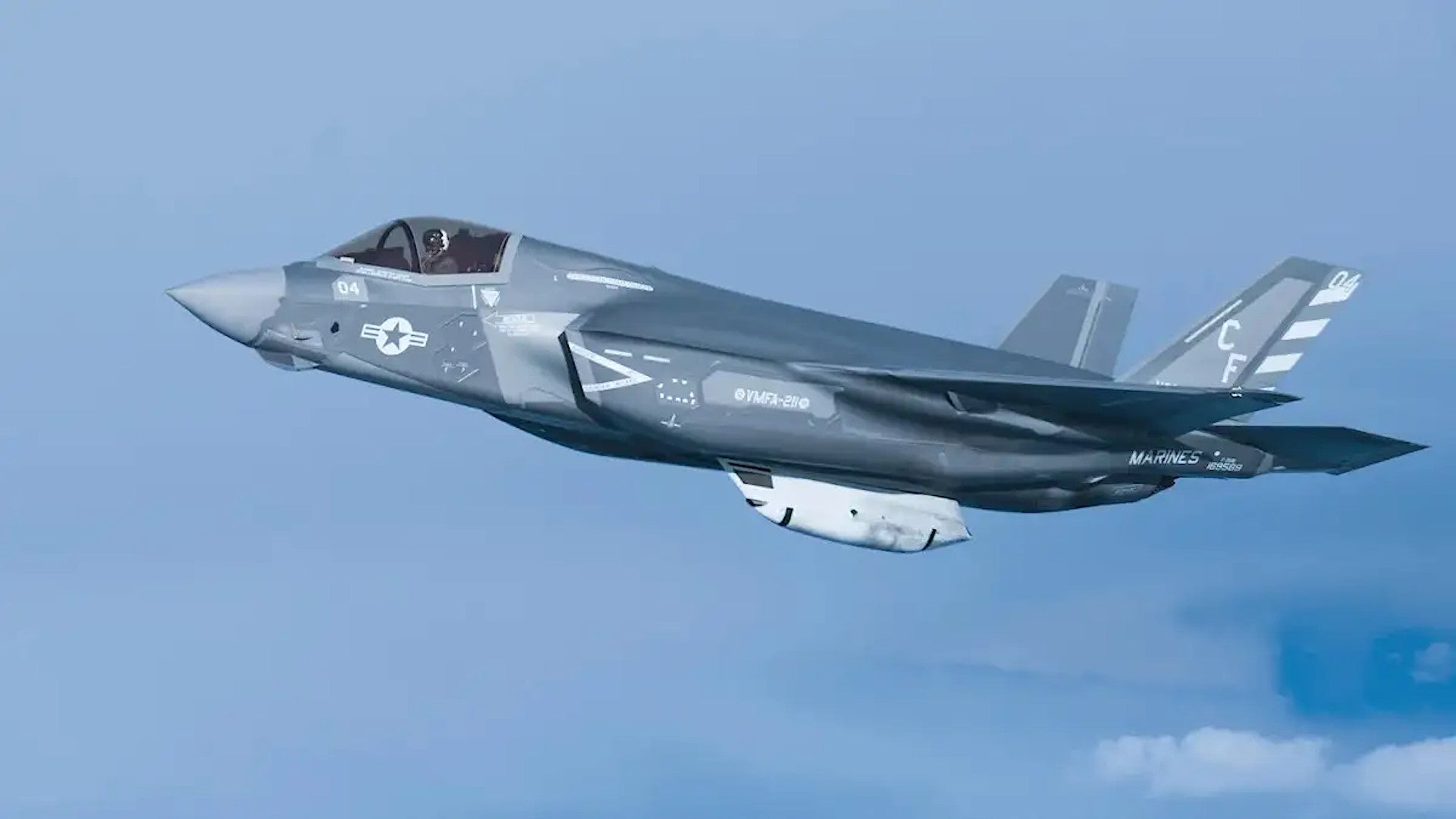The underside of a U.S. Marine Corps F-35B Joint Strike Fighter was significantly damaged when a round fired from its underbelly 25mm gun pod exploded shortly after leaving the muzzle of the cannon mounted within. The accident, which occurred over the Yuma Range Complex in Arizona earlier this month, did not injure the pilot of the jet, who was able to bring the aircraft safely back to base.
Military.com
was first to report on the incident, which took place on March 12, 2021, during a close air support training sortie at night. The Marine Corps did not identify the unit to which the F-35B was assigned, but said it was among those based at Marine Corps Air Station Yuma, which is collocated with Yuma International Airport. This base is home to elements of the 3rd Marine Aircraft Wing, including multiple squadrons equipped with F-35Bs, as well as other aircraft.

“The mishap did not result in any injury to personnel, and an investigation of the incident is currently taking place,” Marine Corps Captain Andrew Wood, a spokesman for the service, told Military.com. Still, the Naval Safety Center, which also handles such matters for the Marines, categorized the accident as a Class A mishap. (Please see the update at the bottom of this piece)
Class A is the most severe level in the U.S. military’s mishap scale, which covers incidents in the air and on the ground. For aviation accidents, Class A mishaps are defined as those resulting in at least $2.5 million in property damage, or the total loss of the aircraft, or one or more individuals being killed or permanently disabled.
The specifics of how this particular mishap occurred are unclear. The F-35B, as well as the F-35C, can only carry the 25mm GAU-22/A Gatling-type automatic cannon in an underbelly pod, known as the GPU-9/A, while the F-35A has this weapon installed internally. The first live-fire tests of the gun pod took place in 2016. Despite concerns about the accuracy of the weapon in the past, it has since been cleared for at least some level of operational use, notably being fitted to Marine F-35Bs supporting the withdrawal of U.S. forces from Somalia between December 2020 and January 2021.


Military.com reported that the particular type of round that blew up underneath the F-35B in this incident was a PGU-32/B SAPHEI-T type. This stands for semi-armor-piercing high-explosive incendiary-tracer. When it functions properly, impacting a target triggers a fuze with a slight delay in the nose of the PGU-32/B’s projectile, which then sets off an incendiary element and a small explosive charge inside its main body. The resulting detonation then also spreads a small amount of zirconium, a compound that spontaneously ignites on contact with the air and burns at a very high temperature, causing additional damage.
General Dynamics Ordnance and Tactical Systems (GD-OTS), which, among other contractors, makes PGU-32/B ammunition, says on its website that these rounds have “inherent delay function for improved terminal effectiveness” and “improved graze sensitivity.” What this means is that the fuze in these rounds are designed to give the projectiles time to penetrate through some amount of armor or other “barriers” before detonating, for maximum effect, while the fuzes themselves are constructed in such a way to help ensure they go off even when they only glance a target, rather than hit it directly.

While we don’t know, an early detonation of the projectile could certainly point to a malfunction of some kind with the fuze. Of course, the investigation could well turn up other points of failure that led to this mishap, as well. It’s not clear right now if the round that exploded in this incident was even deliberately fired or if there might have been some broader weapons malfunction.
Accidental discharges of aircraft guns are certainly not unheard of. In November 2020, the 30mm M230 cannon on a British Army AH-64D Apache went off during ground maintenance following an inflight weapons malfunction. Thankfully, the round in question was a practice type with an inert projectile. Any results of the investigation into that incident have yet to be publicly disclosed.
In 2018, a Belgian F-16AM Viper fighter jet’s 20mm M61 Vulcan cannon let loose a string of rounds during an apparent inspection. That weapon was loaded with high-explosive ammunition and the incident left another F-16AM destroyed and a third damaged, as well as two ground crew personnel injured.
While the exact extent of the damage to the F-35B involved in this recent mishap remains to be seen, there may be a silver lining of sorts to this event in that it could provide useful information about the jet’s ability to withstand battle damage. As already noted, the jet was able to return to base after the round blew up.
No matter what, thankfully the exploding cannon round did not injure the pilot or anyone else.
UPDATE 3/29/21:
The U.S. Marine Corps has informed us that this mishap was subsequently downgraded to Class C. This category covers incidents that result in between $60,000 and $599,999, or those that result in a nonfatal injury that leads to “loss of time from work beyond day/shift when injury occurred.”
Contact the author: joe@thedrive.com
